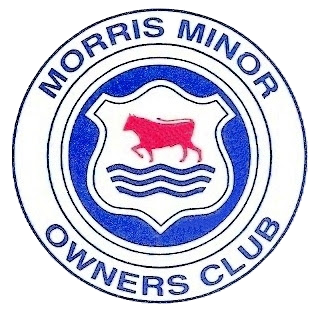Top Tips
"Advice on keeping your classic car maintained and healthy"
DISCLAIMER
The top tips provided on this page are intended solely for informational purposes and are based on the experiences of amateur classic car enthusiasts. While we strive to offer accurate and helpful advice, we cannot guarantee the suitability or effectiveness of the tips for every situation.
Readers are advised that attempting any repairs or modifications to classic cars based solely on the information provided here is done at their own risk. We do not accept any responsibility for any problems, damages, or injuries that may occur as a result of following these tips.
It is strongly recommended that owners of classic cars consult with a qualified mechanic or automotive professional before undertaking any significant repairs, maintenance, or modifications. Professional guidance ensures safety and helps prevent costly mistakes.
By using this website and the information provided herein, you acknowledge and accept that the authors and contributors are not liable for any negative outcomes that may arise from implementing the suggested tips. Always prioritize safety and consult with a professional when in doubt.
Following Steve Ps request in a recent newsletter, here’s a couple of mods I’ve just fitted on a friends Minor. First was the hazard lights, a worthwhile addition for todays roads. I confess I cheated and bought a kit from Auto Electric Supplies in Tenbury Wells (mail order) but I could have sourced the separate components, and chosen a different style switch or even a combined switch / lamp / flasher unit at more cost.
Anyway the kit included a flasher relay, a double pole switch, a warning lamp and a little plastic panel for mounting under the dash, which I didn't use as the car already had a heated rear window and I made a switch panel for all the extras. Essentially its wired as per the below diagram. You need a constant live supply as it needs to work when the ignition is switched off so the fuse with the purple wires coming off it is the one that you need. A wire from this to the supply of the flasher relay (there was a little diagram on the box showing the connections), then a wire from the warning light terminal to the warning light, the other warning light connection needs to be earthed to complete that circuit. Then the output wire from the relay goes to both connections on one side of the switch. I made a little loop and joined the connections on the switch.
The two output terminals of the switch (it doesn't matter which way round the switch is, either end can be ‘in‘ or ‘out‘) need to go to the indicators. On a normal 1960s Minor theres a junction under the dashboard where the indicator stalk wiring joins the main loom and conveniently three wires are joined with a double bullet connector for both left and right. This leaves a vacant connection which if you fit a bullet connector to the wire, can just be clipped in place very neatly. One side is green with a white line, the other is green with a red line and as long as these are supplied by each side of the hazard switch they will only be joined when the hazard lights are switched on.
Whilst I was on with this I found a double USB socket on ebay that included a voltmeter between the two sockets, so not only can a phone and satnav or whatever be powered, you get a discrete reading of battery voltage too. Dead easy to wire up—assuming negative earth, the red wire goes to and ignition controlled source such as the green wires on the fuse box and the the black wire earthed. The hardest part was drilling a suitable sized hole to mount it—I used a step drill which are ideal for drilling thin metal. When buying it, you get the choice of a red or blue led display on the voltmeter, I would recommend the red as it appears less bright at night.
Iain McKenzie
